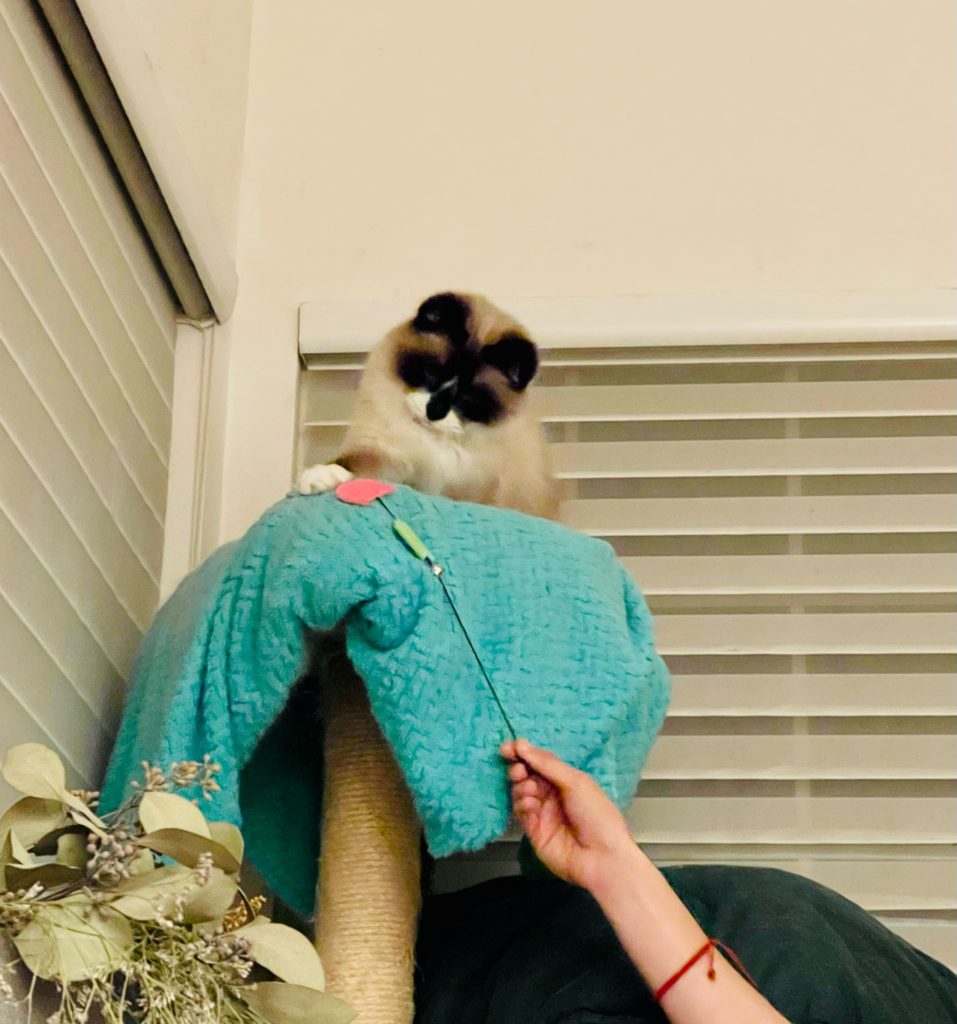VetStem Cell Therapy Helps Dog with Hip Arthritis
All month long we’ve been discussing arthritis in honor of Arthritis Awareness Month. We’ve covered arthritis in cats and dogs as well as using exercise to manage your pet’s arthritis. Another tool to help reduce symptoms of arthritis and actually help to repair damaged cartilage tissue is VetStem Cell Therapy. This week, to wrap up our month of Arthritis Awareness blogs, we are sharing Gracie’s stem cell success story.

Gracie, a spirited Golden Retriever, was two years old when she suddenly could not stand up. Prior to this, her personality had changed as well. She went from being a rambunctious, active pup to very calm. It turns out, she was struggling with pain. Her owners immediately took her to the veterinarian where it was determined she has a bad case of bilateral hip dysplasia resulting in osteoarthritis. Hip dysplasia is a deformity of the ball and socket hip joint that occurs during growth. The deformity results in joint laxity (looseness) and eventually leads to osteoarthritis (OA). OA is a painful condition that can greatly reduce a dog’s quality of life.
Fortunately for Gracie, her veterinarian works with VetStem proponent Dr. Angie Zinkus at Germantown Parkway Animal Hospital. Dr. Zinkus has treated multiple arthritic patients with VetStem Cell Therapy and agreed Gracie was a good candidate for the procedure. In this particular case, Dr. Zinkus mentored Dr. Susannah Mays to familiarize her with the VetStem process.
First, Dr. Mays collected fat tissue from Gracie’s abdomen during a minimally invasive anesthetic procedure. The fat was aseptically packaged and shipped to the VetStem processing laboratory in Poway, California. Lab technicians processed the fat to extract and concentrate the stem and regenerative cells contained therein.
Gracie’s cells were divided into doses and a total of nine stem cell injections were shipped to her veterinarian for treatment while the rest were put into cryostorage. Approximately 48 hours after the initial fat collection procedure, Gracie received injections of her own stem cells in her hips, knees, elbows, shoulders, as well as an intravenous injection. According to Dr. Zinkus, though Gracie’s knees, elbows, and shoulders did not show signs of arthritis, she prefers to treat each joint as a preventative measure to help protect against the development of future osteoarthritis.
In addition to stem cell therapy, Gracie received platelet rich plasma (PRP) injections into her joints. PRP and stem cell therapy work synergistically. Concentrated platelets accelerate internal healing processes by attracting stem cells, supporting an anti-inflammatory environment, and stimulating local tissue repair processes.
According to Gracie’s owner, the stem cell and PRP treatment was a huge success! Her owner noted that it only took a few months before they noticed a vast improvement stating, “Gracie is back to her silly self, running as fast as she can to chase our backyard squirrels!! Thank you, VetStem and Dr. Zinkus for this wonderful solution to Gracie’s painful hips.”
Gracie’s story is just one of many that we have received from pet parents. As we discussed in a recent blog, Osteoarthritis is one of the most common diseases in dogs and pain associated with osteoarthritis can greatly reduce a dog’s quality of life. But VetStem Cell Therapy can help! According to surveys answered by owners and veterinarians, greater than 80% of dogs showed an improved quality of life after receiving VetStem Cell Therapy for osteoarthritis.
Curious if your dog may benefit from treatment with VetStem Cell Therapy? Speak to your veterinarian or contact us to receive a list of VetStem providers near you.










